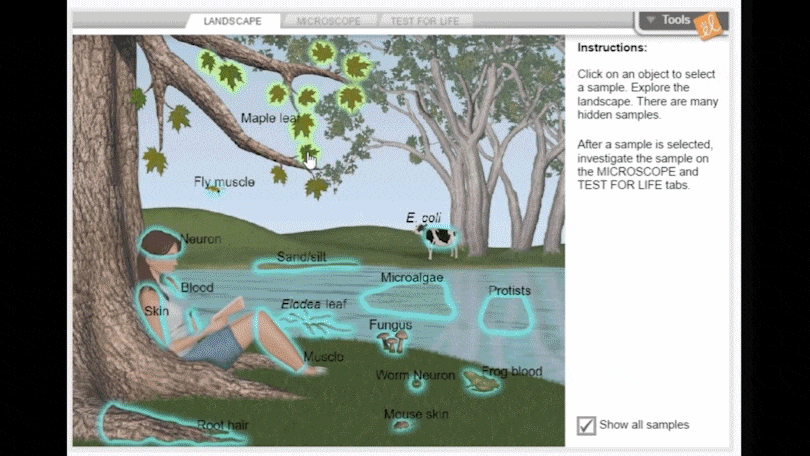The Essence of Science and Engineering Practices

The Next Generation Science Standards (
NGSS) provide a new framework for science and engineering education focusing on learning by doing. The overarching idea is to have students take the lead with opportunities to act as scientists and engineers in the classroom. Think of it as real-world learning experiences that foster curiosity, sense-making, and possibly future careers in STEM.
What are the science and engineering practices?
NGSS allows students to explore authentic events using current knowledge as they discover new information. Science Standards are based on three concepts: Science and Engineering Practices, Cross Cutting Concepts, and Disciplinary Core Ideas. NGSS outlined eight science and engineering practices:
- Asking questions (for science) and defining problems (for engineering)
- Developing and using models
- Planning and carrying out investigations
- Analyzing and interpreting data
- Using mathematics and computational thinking
- Constructing explanations (for science) and designing solutions (for engineering)
- Engaging in argument from evidence
-
Obtaining, evaluating, and communicating information
Building a framework for K-12 instruction
NGSS science and engineering practices (NGSS SEP) provide students with a framework for learning and using skills that will grow with them throughout school and into future careers. They take what students read in textbooks and relate it to genuine events and life experiences. Teachers help students connect concepts across different science disciplines using cross-cutting concepts, such as patterns, structure and function, and cause and effect.
Science and engineering practice activities for students revolve around analyzing and interpreting data in an authentic context. Students explore real-world situations, analyzing and interpreting data just like scientists and engineers do in their work. Hands-on activities allow students to explore real people and events and collaborate with each other to investigate and solve problems. Students are tasked with planning and carrying out investigations from the initial step of questioning through evaluating and communicating information.
Key skills for analyzing and interpreting data in science education
Traditional teaching models tend to use approaches that define the problem for students, who then answer questions and learn vocabulary terms. Labs are often set up with specific instructions to follow. Learning happens, but it’s more of a copy/paste process than deep inquiry.
NGSS science and engineering practices offer chances for students to dig into science education.
The claim-evidence-reasoning (CER) model seamlessly integrates into science and engineering practice activities for students. What is CER?

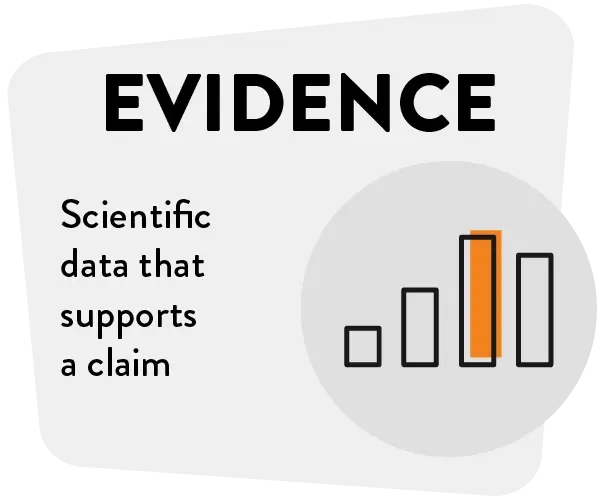

CER especially fits the final step of scientific and engineering processes when students form a conclusion primarily because of the importance of constructing and communicating explanations based on evidence.
ExploreLearning Gizmos offer the perfect opportunity to try the CER science method. Take a look at the Roller Coaster Physics Gizmo.

NGSS science and engineering practices and activities for students
NGSS science and engineering practices take students away from paper, pencil, and books and put them into the role of scientists and engineers. They use critical thinking, ELA, collaboration, and math skills. They experiment and record processes. They collect data and communicate results while answering questions for science.

Gizmos are aligned with NGSS science and engineering practices. With the power to ask questions, see results, and draw conclusions, students learn the what of a topic and the why. There are hundreds of Gizmos for students to plan and carry out investigations, like real scientists and mathematicians.
Explore these Gizmos.
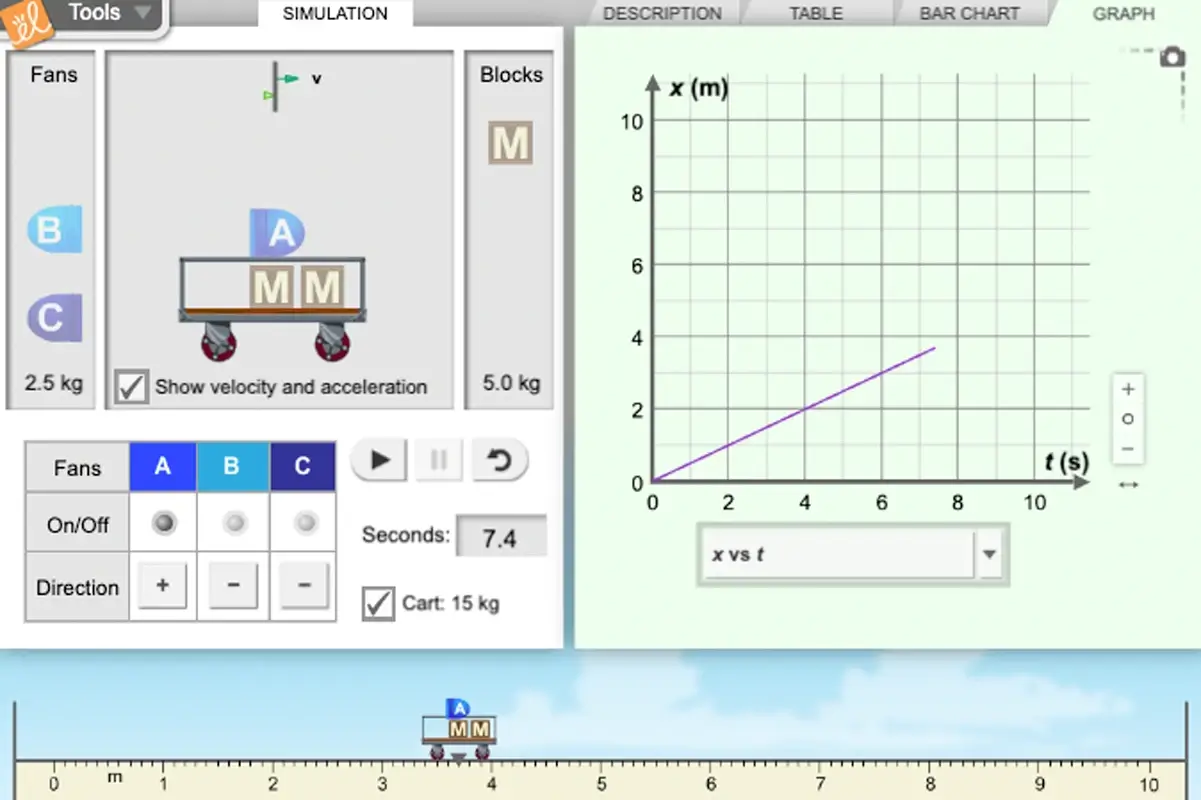
Use NGSS and gain an understanding of Newton's Laws by experimenting with a cart (on which up to three fans are placed) on a linear track with Fan Cart Physics.
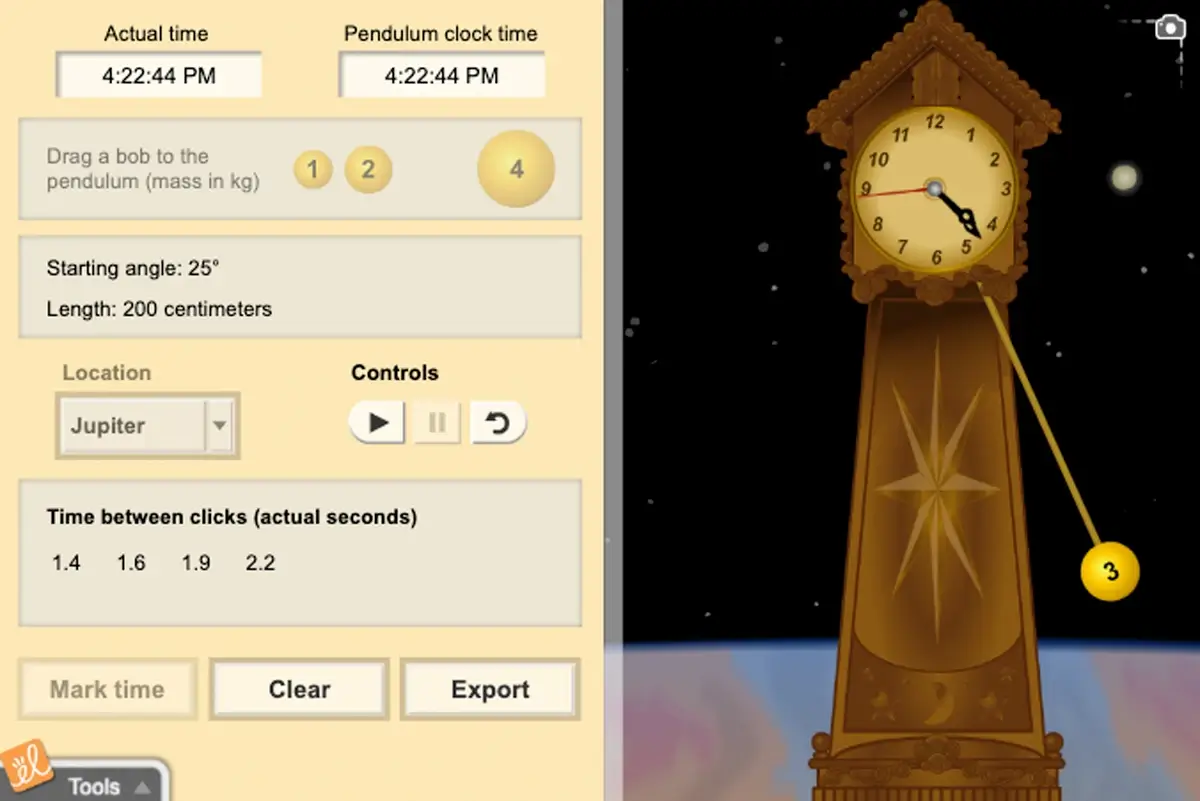
Find the effect of length, mass, and angle on the period of a pendulum with the Pendulum Clock Gizmo.
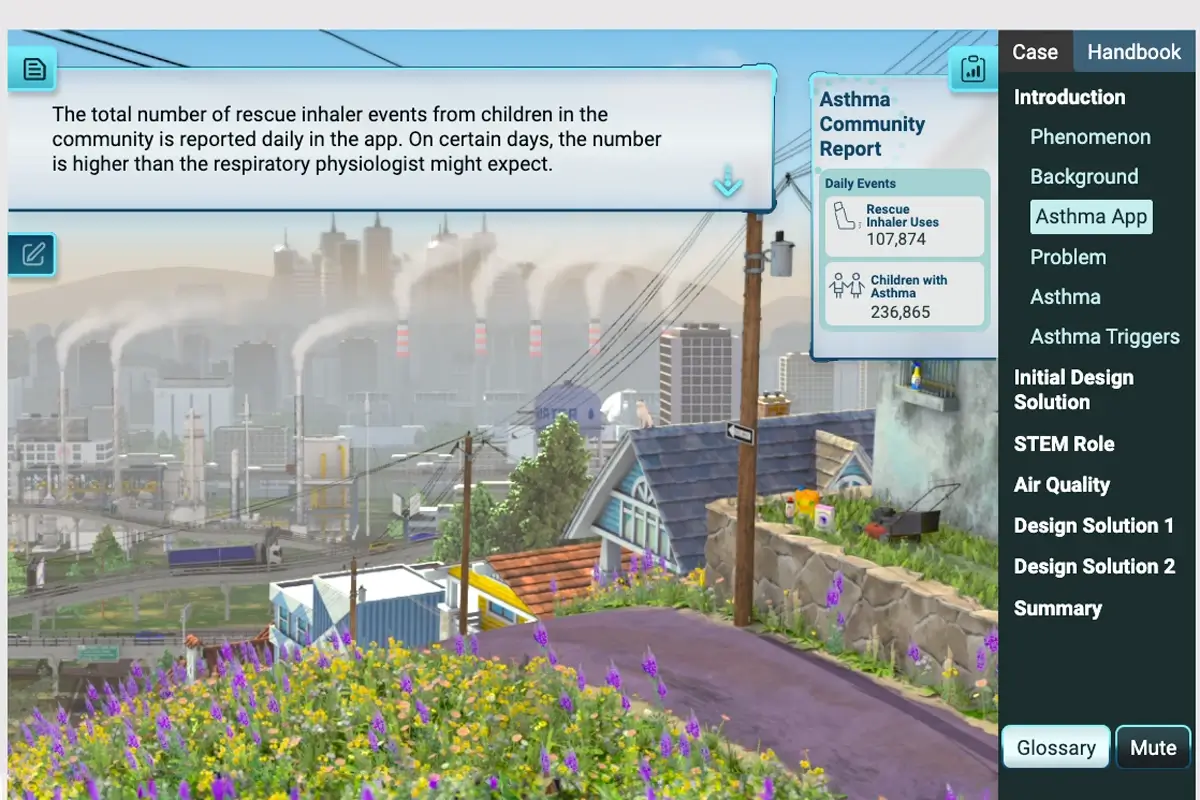
Students develop a system model to test design solutions to recommend a plan to help decrease air pollution in a community with a record number of asthma cases in children with this STEM Case: Smelling in the Rain: Designing Solutions to Improve Air Quality.
What about the youngest science students? Students in grades K-2 begin their journey in science and engineering practice activities with Science4Us, like Color Changing Plants and Homemade Slime.
Want to take advantage of more opportunities to engage your students with NGSS science and engineering practices? Take a trial!
Sign up to get the latest updates from ExploreLearning via occasional email.

